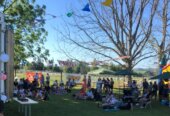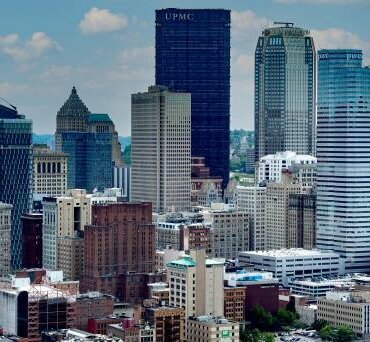
Aerial Photo of Pittsburgh Downtown Skyline
One thing I missed living in Pittsburgh Pennsylvania, USA, was the changing landscape in New Zealand.
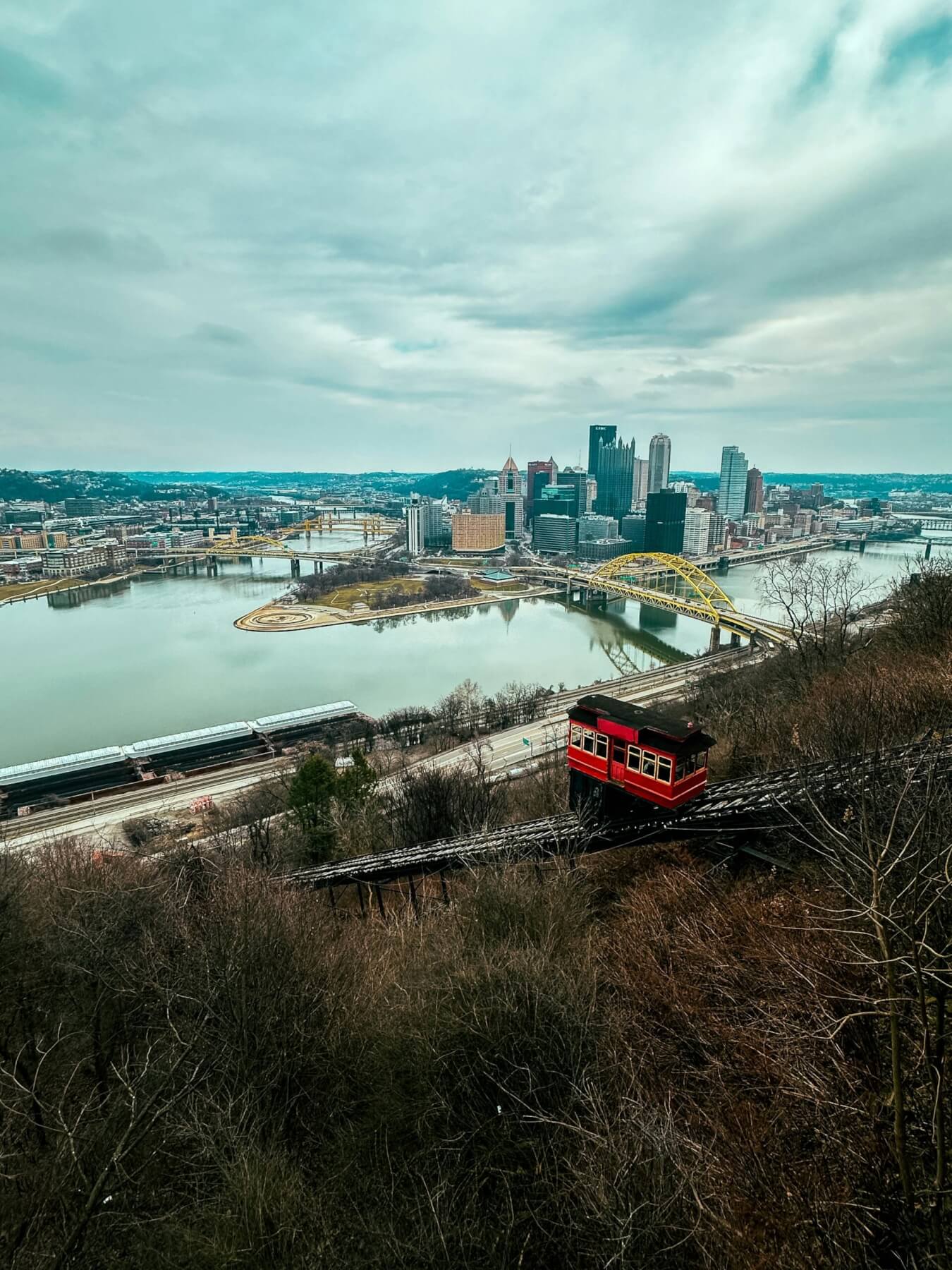
Duquesne Incline Cable Car in Pittsburgh in USA. Photo: EneseTürkoğlu pexels.com
Over there you could drive for ages and the view did not change much at all. Here in Waipā, you can drive in any direction, and it won’t take long to have very different and beautiful sights. This is partly thanks to the ground slowly moving below our feet because of enormous forces that begin below our oceans.
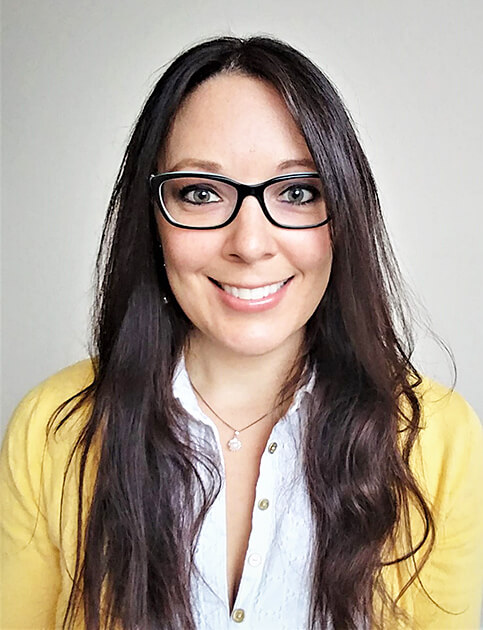
Janine Krippner
Through faults, or fractures, in the Earth’s crust we have land pushing towards itself, sliding alongside itself, and pulling apart. The biggest of these are where tectonic plates meet. Here we have the Australian plate to the west and the Pacific plate to the east. We break this huge boundary down into zones.
Very significant to us is the Hikurangi Subduction Zone (HSZ) located offshore from Gisborne to Kaikōura, and it is potentially our biggest source earthquakes and tsunamis. These two enormous chunks of Earth’s crust are slowly pushing towards each other, with the Pacific plate moving down (subducting) below the Australian plate because it is heavier. We can measure this movement through time using GPS sensors, it is about the same speed as your fingernails grow. We can also use geophysics techniques to sort of “see” the plate far below the surface, dipping westward. Through this we know that the top of the plate is about 15 km below Napier and 25 km below Wellington.
One plate subducting below another forms a long valley or trench across the ocean floor. To the east of us is the Hikurangi Trench and that transitions north-eastwards into the Kermadec Trench, which reaches around 10 km deep and is about 2000 km long. Alongside it, the uplifted edge of the Australian plate forms the Kermadec Ridge where we find submarine volcanoes and volcanic islands including Raoul Island. Because we have mapped our ocean floor you can see these features on Google Maps.
In the South Island our two plates move past each other along the roughly-600-km-long Alpine Fault and they form our picturesque mountain ranges. South of the South Island things switch up again and the Australian plate subducts below the Pacific plate, forming the Puysegur Trench. Even for geology this is a very complex region!
Our subduction zone also leads to our volcanism on land and is the reason we have the Taupō Volcanic Zone, a rift zone where the landscape is slowly pulling apart and the crust is thinning. This contributes to why we have so much volcanism and geothermal activity. Even though our volcanoes act independently of each other, on a much larger scale our processes are interconnected.
Some of our most beautiful, our most fascinating, and awe-inspiring landscapes are thanks to living on the boundary of two tectonic plates. To us it looks eternal, like our solid mountains have always been there and always will be. In reality, our land is constantly evolving, and we must evolve along with it.
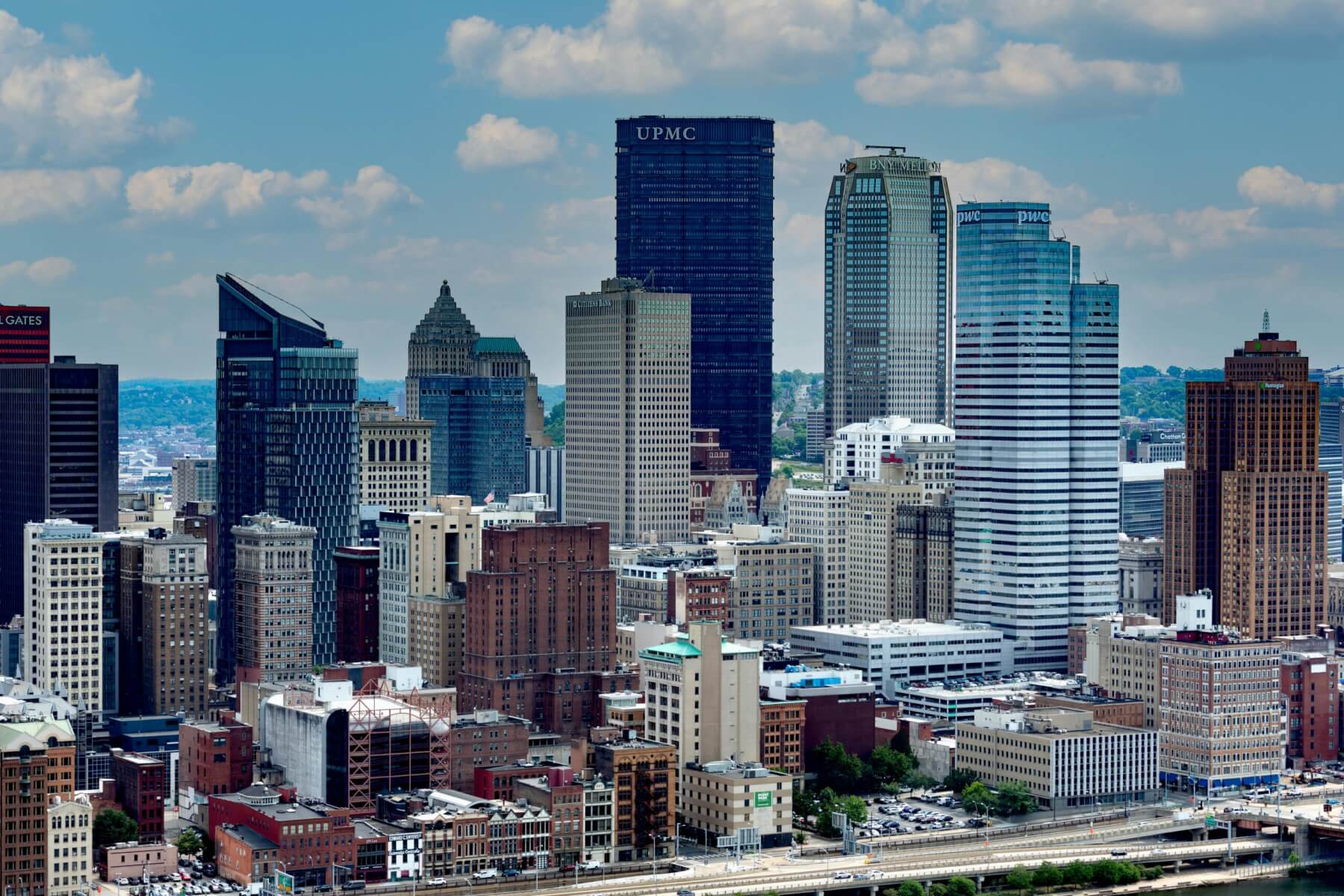
Aerial Photo of Pittsburgh Downtown Skyline. Photo: LaMont L. Johnson pexels.com





